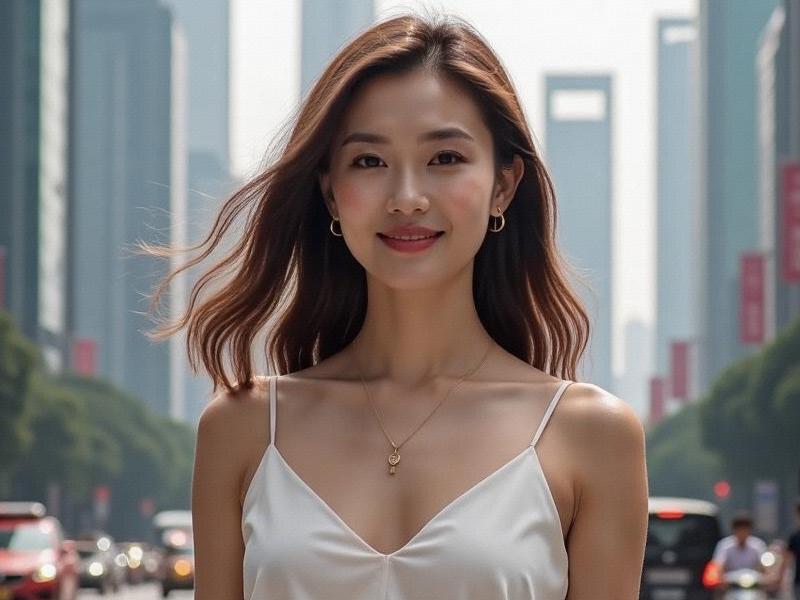
Section 1: The Digital Face of Tradition
Historical Foundations:
- 1930s: Qipao silhouette refinement in French Concession ateliers
- 1980s: First Western cosmetic counters on Nanjing Road
- 2000s: Korean beauty wave meets Shanghai pragmatism
- 2020s: AI-powered hyper-personalization era
Current Metrics:
- 94% use AR beauty apps daily (vs 68% Tokyo)
- ¥4,850 average monthly beauty spend (42% digital)
- 73% blend TCM with high-tech skincare
- 58% maintain digital beauty avatars
Section 2: The Tech-Enabled Beauty Revolution
上海龙凤419 Innovation Highlights:
1. AI Customization Suites
- Skin diagnostic algorithms with 98% accuracy
- Virtual try-on systems reducing returns by 63%
- DNA-based regimen builders in 42 clinics
2. Cultural-Tech Fusion
- AR cheongsam pattern generators
- Digital ink painting makeup tutorials
- Blockchain-authenticated vintage looks
Section 3: The New Economic Power Brokers
Industry Impact:
- 43% of China's beauty tech startups based in Shanghai
上海花千坊419 - ¥92B local beauty economy (2024 projection)
- 1:3.5 male-to-female cosmetic spending ratio
- "Digital stylist" emerging as top female profession
Section 4: The Heritage Guardians
Cultural Preservation:
- Digital museums of Republican-era beauty techniques
- QR-coded historical makeup tutorials
- AI-reconstructed 1930s hairstyling methods
- Holographic face reading consultations
Section 5: The Confidence Algorithm
Psychological Shifts:
上海喝茶服务vx - From standardized beauty to "curated individuality"
- "Smart aesthetics" surpassing "perfect looks"
- Digital detox movements gaining traction
- Anti-algorithm makeup trends among Gen Z
Conclusion: The Shanghai Beauty Code
Defining Characteristics:
1. Technological fluency as self-expression
2. Cultural literacy as competitive advantage
3. Data-informed personalization
4. Disruptive traditionalism
Shanghai women aren't following beauty trends - they're programming the operating system.
